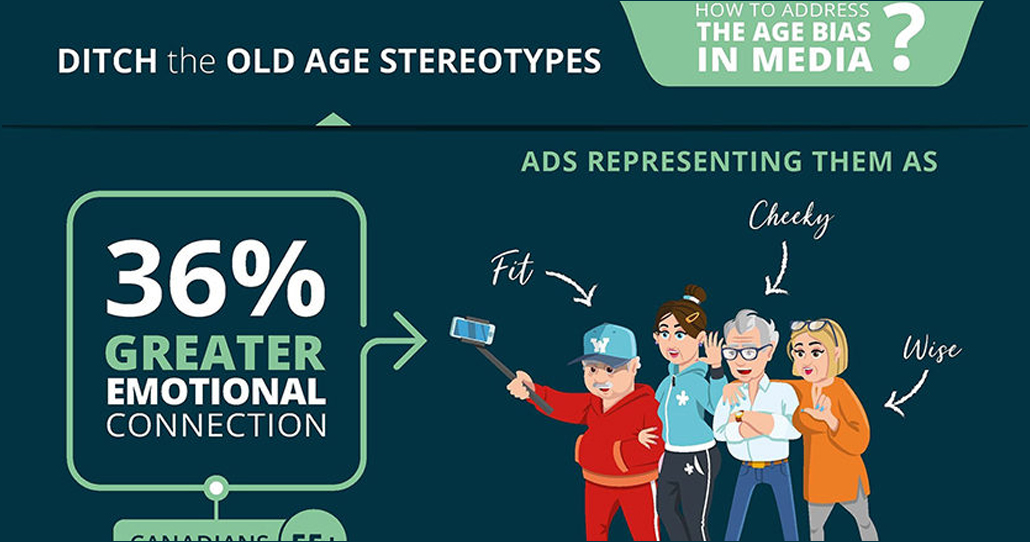Canada’s record-setting housing market is currently one of the hottest topics of conversation and there’s no doubt many of your clients are feeling the heat to sell. In fact, according to new data from our latest Ipsos-commissioned study, 76% of older Canadians believe homeowners in their demographic are sometimes pressured to downsize. While the allure of cashing in on soaring prices may seem like a quick win, it’s not as simple as it sounds.
With limited housing supply, aggressive bidding wars and the fact that the cost of condos by square foot in major markets is as much as detached homes, it may not be worth the risk to sell and move.
For homeowners banking on using their sale proceeds to help fund retirement, downsizing could end up costing them more — or worse, like what happened to this Toronto woman who sold her house and ended up getting priced right out of the market.
If your clients are concerned about their retirement savings and are thinking about downsizing to help pay for their golden years, the following are some leading considerations, backed by research, that show they may want to think twice before making a move.
Older Canadians see the value in accessing their home’s equity
According to data from our latest Ipsos-commissioned study, 79% of older Canadians say they can’t bank on Registered Retirement Savings Plans (RRSPs), the Canada Pension Plan (CPP) and Old Age Security (OAS) for a comfortable retirement. Only 5.9 million Canadians contributed to their RRSPs in 2019, with the median contribution $3,260[1], so this doesn’t bode well for retirement finances.
It shouldn’t come as any surprise, then, that 45% of older homeowners say accessing the equity in one’s home without having to sell should be a key component of retirement planning. This is important because we’re now seeing a shift in how this demographic views reverse mortgages. They’re beginning to regard them as a proactive solution to their long-term financial goals rather than a reactive lending option when they need income and feel they have no other choice.
Lastly, 77% of boomers are homeowners[2], so they’re likely looking to their largest investment to supplement their retirement income — and our data shows over a quarter of them are open to using their home’s equity instead of downsizing.
Vast majority of older Canadians don’t want to move but need solutions to pay for it
According to another survey we conducted, 93% of Canadians 55 and up have made it clear they want to age in place at home. When you’re talking to clients who are adamant they don’t want to move, but are worried about their financial ability to stay put, it’s important to reassure them they’re not alone and there are options available.
When we polled Canadians 55 and up back in March, three quarters of respondents said they’re concerned about their financial well-being due to the pandemic. Additionally, a survey by Edward Jones Canada found 59% of Canadians in this demographic have no concept of the health and long-term care costs they should be saving for in retirement.[3]
With more than half of Canadians 55 and older now considering in-home care, their ability to pay for it could be challenging based on the numbers above.
Products like the CHIP Reverse Mortgage, Income Advantage, CHIP Open, and CHIP Max are designed specifically to address these challenges. and already, 22% of this demographic say they’d leverage their home’s equity to help cover the costs of in-home care.
Why the CHIP Reverse Mortgage is the right solution for our current situation
The pandemic has completely transformed the way Canadians view home ownership. So has the red-hot real estate market that’s defied most analysts’ expectations and conventional wisdom.
What happens next is anyone’s guess. But in times of uncertainty and volatility, older Canadians want a safe and secure bet to help fund their retirement. The CHIP Reverse Mortgage is an ideal solution for those not willing to risk downsizing and losing the home they love.
[1] https://www150.statcan.gc.ca/n1/daily-quotidien/210309/dq210309c-eng.htm
[2]https://www.newswire.ca/news-releases/more-than-14-million-boomers-across-canada-expect-to-buy-a-home-in-the-next-five-years-690334391.html
[3]https://www.investmentexecutive.com/news/research-and-markets/most-canadians-arent-planning-for-long-term-care-costs-survey/









